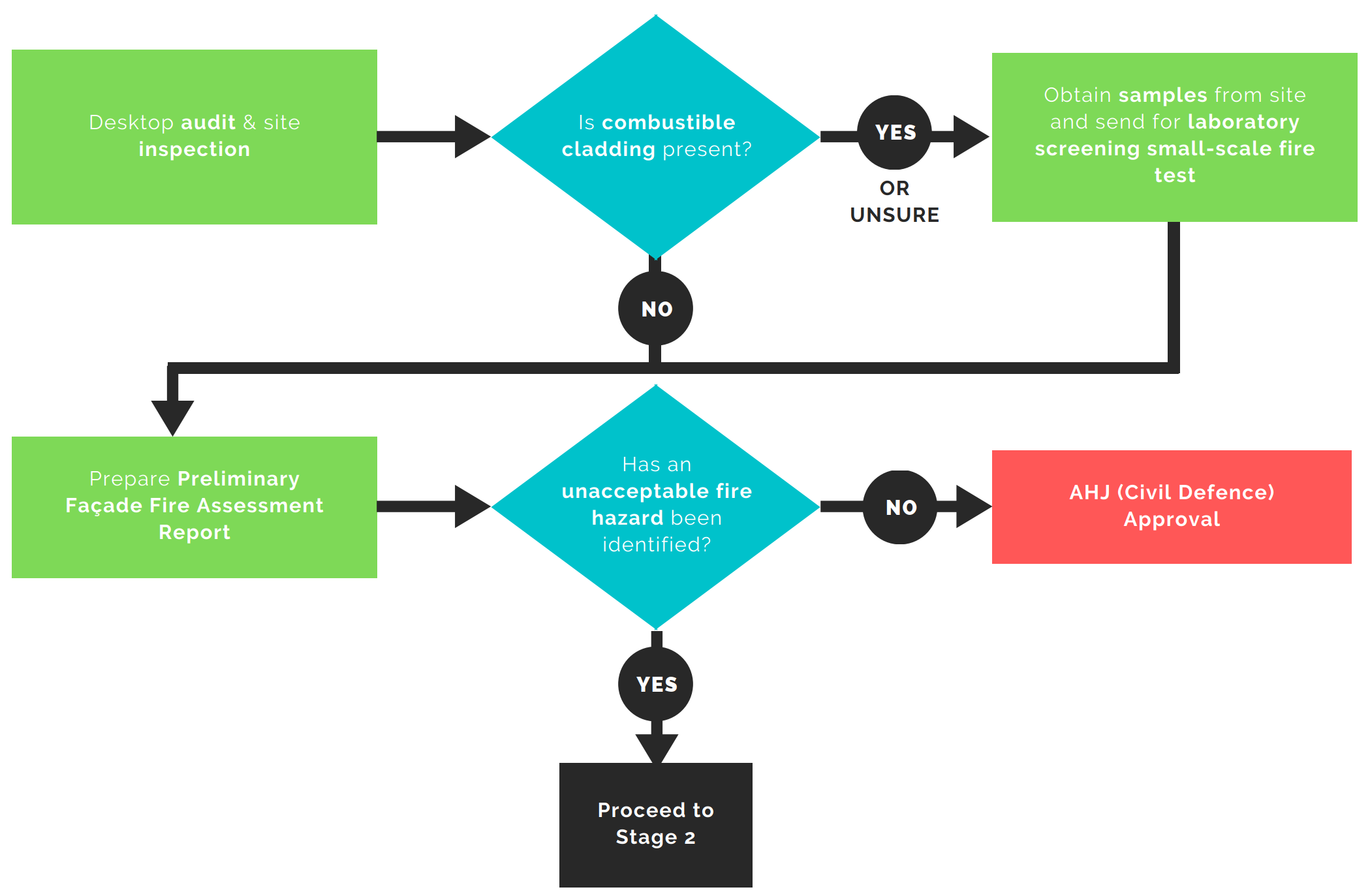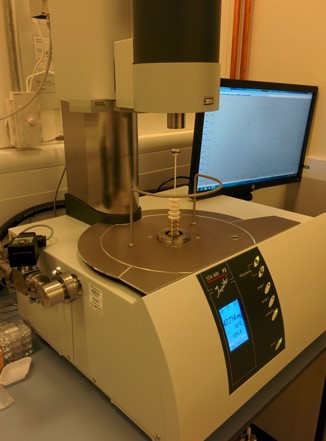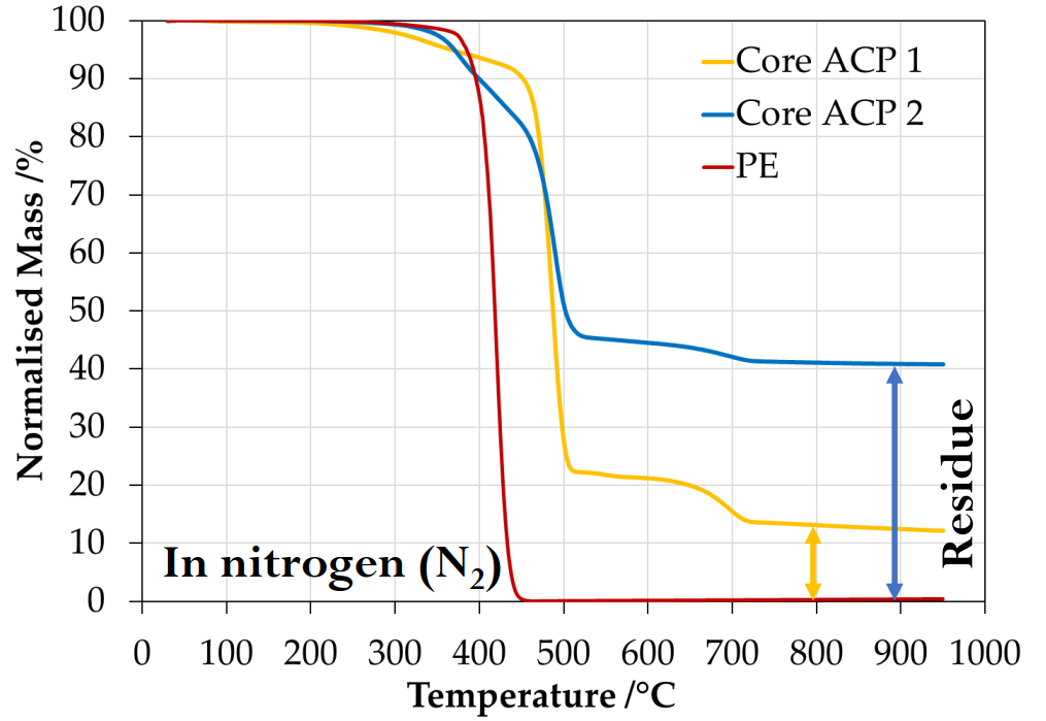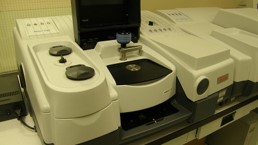Building Cladding Fire Audit & Risk Assessment
Façade fires spreading on the exterior of a building can be challenging and pose a significant risk to fire and life safety.
Numerous fires have occurred worldwide involving buildings with combustible cladding. In most cases, the extent of the damage to the building has been significant & unfortunately in a few instances there has been a loss of life.
These fires can have devastating consequences including displacement of occupants who require temporary housing. Disputes often arise over reconstruction costs and liability particularly in multi owner and multi tenant buildings. As a result insurance providers are growing increasingly cautious potentially denying coverage or significantly increasing premiums due to heightened fire risk.
Vortex Fire has extensive experience with qualified cladding fire engineers in Canada who undertake cladding audits of existing building cladding to determine the cladding fire risk assessment based on laboratory fire tests.
Combustible cladding such as the Aluminium Composite Panel (ACP) has become common due to the focus on sustainable buildings and improved thermal insulation. ACP cladding consists of a thermoplastic core bonded between two aluminum sheets. Thermoplastics such as Polyethylene (PE) have been widely used as they have excellent thermal properties. However, when the fire is tested without skin, it melts and contributes to the spread of fire vertically (upwards and downwards) and horizontally. Thermoset polymers such as Polyurethane (PUR) or Polyisocyanurate (PIR) normally char and exhibit better fire performance.

Vortex Fire has adopted a systematic approach to evaluating cladding fire risk assessments as outlined below.
Stage 1: Initial review
Vortex Fire will review the available as-built information and undertake a site visit to investigate the extent of the cladding and existing fire strategy for the building.

Suppose combustible cladding is present (or no information is available). In that case, the fire performance of the existing cladding is evaluated with laboratory screening tests. This is a relatively non-invasive and cost-effective process where small samples are removed from the existing building and tested by a third-party laboratory. Some typical laboratory small-scale screening tests available are noted below:



FTIR-ATR (Fourier Transform Infrared Analysis with Attenuated Reflectance) and SEM/EDS (Scanning Electron Microscopy with Energy Dispersive) – to determine chemical composition (sample size: 50 mm diameter)
A preliminary cladding fire risk assessment report will be prepared based on the laboratory screening fire tests. This report will confirm whether further action is needed or if the existing cladding is acceptable.
Stage 2: Detailed assessment
As part of Stage 1, if it is determined that a further assessment is required, Vortex Fire will undertake a quantitative fire engineering assessment to determine the potential fire risk. This is based on the laboratory screening fire tests and fire engineering analysis results to determine the rate of fire spread and conditions becoming unsafe for occupants and fire-fighters (ASET – Available Safe Egress Time). Egress analysis is also undertaken to determine when to evacuate each floor and the complete building (RSET – Required Safe Egress Time).

Based on this timeline analysis, the cladding risk assessment due to an external building fire can be determined. This quantitative cladding fire risk assessment Canada allows all stakeholders to make informed decisions about the best way forward.
We will develop recommendations on mitigation measures to reduce fire risk in the short, medium, and long term.
Stage 3: Remedial works
Where remedial works are necessary, Vortex Fire will review construction documentation, undertake inspections, and provide technical support during remedial works following the findings of the cladding audit and cladding risk assessment Canada.



